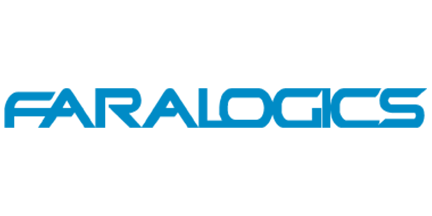Faralogics | Middleware Automation Framework
923
page-template,page-template-full_width,page-template-full_width-php,page,page-id-923,qode-core-1.0,ajax_fade,page_not_loaded,,pitch-ver-1.3, vertical_menu_with_scroll,smooth_scroll,grid_1300,blog_installed,wpb-js-composer js-comp-ver-4.9.2,vc_responsive

Fully automated OS agnostic tool
MAF resolves the need to maintain numerous scripts per environment which often results in lack of consistency and errors.

Customize domain builds by client and line of business
Reduce time taken to configure various domain resources.

Increased efficiency and reliability
Meet customer demands, increase efficiency and streamline processes.
Reduction of required skill set for complex deployment.

Reusable
MAF has the ability to create a number of different templates to enforce both domain creation as well as domain configuration.
The case for Middleware Automation Framework (MAF)
-
Traditional (that is; mainly manual) method of deployment were no longer feasible by ____:
- Tight timelines, system complexity and too many dependencies, with deployment at the lowest rung of the ladder, usually got hit hardest by the upstream issues (requirement, development, testing, etc.)
- By 2010 ECIF application reached a critical mass, both in terms of its complexity as well as its integration with other applications in the bank:
- ECIF comprises 10 subsystems each of which contains 7 to 8 applications on average
- ECIF has quarterly release due to the number of changes requested by business, many business initiatives in the bank rely on ECIF
- It became necessary to automate configuration/deployment:
- A set of requirements were developed
- FARA Logics participated in developing the requirements and the high-level design
- In 2012, FARA embarked on an independent campaign to redesign a generic framework, which has no application/technology/environment dependencies:
- MAF is the result of this effort
- MAF came to fruition in late 2012: we pushed through all different stages of Oracle certification during 2013 and it was GA’ed late 2013
The Challenges
Why we built MAF
- Requirement to streamline the configuration and deployment process of various applications.
- The process requires many steps that involves careful scripting
- Application may have many scripts that have to be maintained and modified for many different environments.
- Lack of Consistency
- Domain Build
- Domains are either built and configured manually, or
- Various scripts exist to build and configure domains
- Domain resource configuration
- Domain resources are either added manually or
- Scripts are used
- Disparate Scripts
- Existing scripts are mostly developed in house and are a menagerie of scripts based on samples found on the internet and modified for use within an environment
- Scripts cover only limited attributes and properties
- Script change
- New version of WebLogic – Existing scripts were written for a particular version of WebLogic and WebLogic upgrades will require scripts to be rewritten
- New configuration requirements – New requirements from development cannot be met on time
Opportunity & Potential
-
Time to Market and Cost Benefit
- Framework will significantly reduce the time it takes to build domains, configure resources (JMS, JDBC, Security, SAML), and deploy applications.
-
Increase bandwidth
- Allowing you to meet the intakes. Streamline and increase efficiency.
-
Use of Templates
- Speed up provisioning of different environments (DIT SIT UAT CERT and PROD).
-
Quality
- More efficient and reliable
- Majority of the work carried out by intelligent scripts,
-
Cost Savings
- No need for a large number of highly skilled staff.
- Allows the work to be carried out by less people and provide cost savings.
-
Reusability
- Once templates are created and configured, modifications becomes easier and is executed quickly.
-
Best Practices
- Using templates allows you to enforce best practices and standards facilitating trouble-shooting problems.
-
Uniformity
- Homogenous configuration across all environments.
- Early problem detection.
- Changes made to the template/meta-data are then propagated to all environments.







